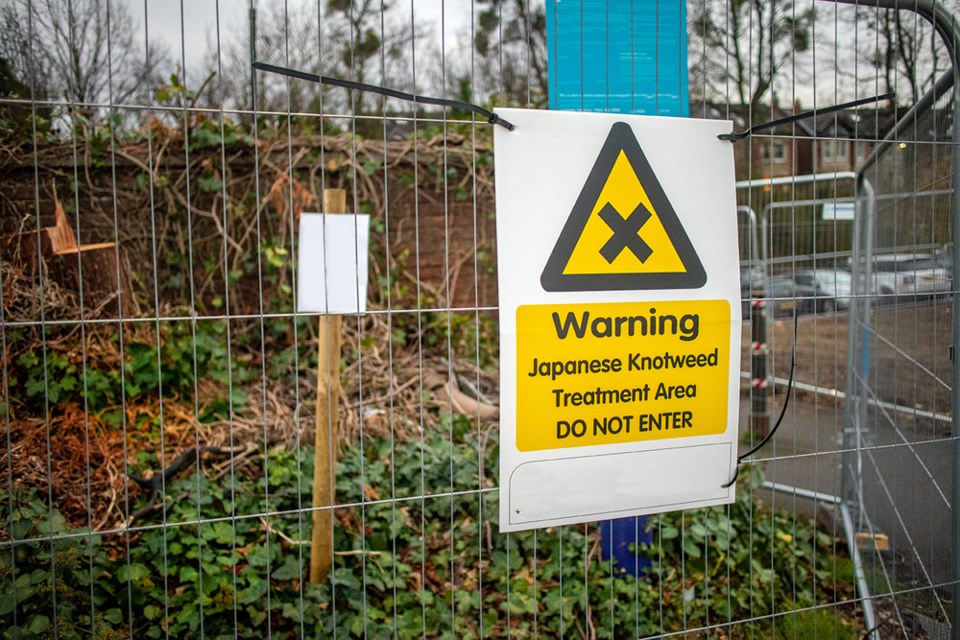The District is looking to clamp down on invasive species and regulate the use of pesticides in Squamish.
On Feb. 2, council voted unanimously in favour of granting third reading to a set of bylaws intended to accomplish that goal."I think that people have been asking for this bylaw for a while," said Mayor Karen Elliott. "I'm pleased to see it come forward."
Under the proposed regulations, the District can issue fines between $5,000 to $50,000 to owners who commit offences, such as failing to remove invasive species from their property.These rules will target species like knotweed, giant hogweed, yellow flag iris and purple loosestrife, as well as potentially problematic animals such as bullfrog and eastern cottontail rabbit, among others.
Under the regulation, the cultivation, spread or sale of invasive species will not be allowed.At first, the municipality intends to give educational notices to the offenders. Should they fail to comply, however, fines will be used to enforce the bylaw.
Another bylaw will also regulate the use of pesticides and herbicides. Broadly speaking, the proposed regulation will ban the use of pesticides unless it's being used to destroy an invasive species.However, there are several cases where the use of these substances can't be governed by the municipality because of its limited jurisdiction.
This includes pesticides used on land used for agriculture, forestry, transportation, public utilities or pipelines unless the public utility or pipeline is vested in the District.The District can't govern the use of pesticides on or inside buildings, among other places, and the municipality has no say over what is considered an allowable pesticide under provincial law.
There are also limitations on the municipality's jurisdiction regarding invasive species."It's difficult to know that we can't go further...but we are going to the maximum extent of our jurisdiction," said Elliott.
"It helps, then, to educate the public about where our line ends and the province's begins, and where citizens need to start exerting their pressure on the provincial government, and we can help with that advocacy, as well."It was a sentiment shared by other members of council.
"It is frustrating that sometimes we can't go further in terms of regulating some of the chemicals, and I think that's on all of us to lobby the province," said Coun. Chris Pettingill.The District already has regulations governing invasive species and pesticides and herbicides, but they are outdated and limited in their power. As a result, council previously requested that staff update the bylaws.
Finally, council also voted unanimously in favour of directing staff to explore the possibility of creating a landowner assistance program.If instituted, such a program would help landowners shoulder the burden of eliminating invasive species.
Some ideas to make this happen would be cost-sharing programs, fee inspections and free native grass seed, among other things."Landowners' assistance programs provide that lens of equity," said Elliott.
"Not everyone will be able to afford, potentially, to take care of these invasive species on their property, so I think it's an important lens to bring across this piece of policy work."The regulations will be adopted and formally come into force at a future date.


